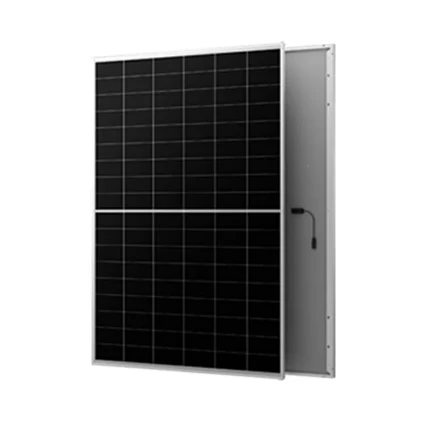theoretical efficiency of solar panels
Theoretical Efficiency of Solar Panels An Overview
Solar energy has gained prominence as one of the most viable sources of renewable energy. As a clean, sustainable, and abundant resource, solar energy offers the potential to power homes, businesses, and even entire cities while reducing our dependence on fossil fuels. However, the efficiency of solar panels in converting sunlight into electrical energy plays a crucial role in determining their viability and effectiveness. This article delves into the theoretical efficiency of solar panels, exploring the principles behind it, current limitations, and future prospects.
Understanding Solar Panel Efficiency
Solar panel efficiency refers to the ratio of energy output from the solar panel to the sunlight energy input received by the panel. This is usually expressed as a percentage; for example, a solar panel with a 20% efficiency converts 20% of the sunlight it receives into usable electrical energy. Several factors influence this efficiency, including the type of solar cells used, the angle of sunlight, temperature, and shading from nearby objects.
Theoretical Limits of Efficiency
The theoretical maximum efficiency for solar energy conversion can be derived from the Shockley-Queisser limit, named after physicists William Shockley and Hans Queisser. This limit provides a framework for understanding how efficiently a single p-n junction solar cell can convert sunlight into electricity. According to this theory, the maximum efficiency for traditional silicon solar cells is approximately 29%. However, many commercial solar panels achieve efficiencies in the range of 15% to 22%, highlighting a gap between theoretical and practical performance.
In addition to silicon solar cells, researchers are developing multiple-junction solar cells that stack several layers of photovoltaic materials. Each layer is designed to absorb a different portion of the solar spectrum, which allows for more efficient conversion of sunlight. Theoretical models suggest that these multi-junction solar cells could achieve efficiencies exceeding 40% under ideal conditions, making them an attractive avenue for future solar technologies.
theoretical efficiency of solar panels

Current State of Solar Panel Efficiency
As of now, the most widely used solar panels are based on silicon, which is abundant and relatively inexpensive. Monocrystalline silicon panels generally offer the highest efficiency (around 20%-22%), while polycrystalline panels typically range from 15% to 18%. Emerging technologies like thin-film solar cells have lower efficiencies (around 10% to 12%) but are often less expensive to produce and can be applied to a wider variety of surfaces.
Recent advancements have also led to the development of perovskite solar cells, which have shown rapid improvements in efficiency within a short period. Initially, their efficiency was around 3%, but it has soared to over 25% in lab conditions. The research community is optimistic about scaling these materials for commercial use, which could potentially revolutionize the solar energy landscape.
Challenges and Future Perspectives
The journey towards achieving the theoretical efficiency limits for solar panels is fraught with challenges. Some key issues include manufacturing costs, material stability, and energy loss mechanisms, such as reflection and thermal losses. Furthermore, while high-efficiency panels are desirable, they must also be affordable and durable for widespread adoption.
Governments and research institutions are investing heavily in solar technology to overcome these hurdles. Innovations in materials science, such as bifacial solar panels that capture sunlight on both sides, and agrivoltaics, which involve the dual use of land for agriculture and solar energy production, are some promising avenues being explored.
In conclusion, the theoretical efficiency of solar panels remains a crucial measure of their potential impact on our energy landscape. While current technologies often fall short of theoretical limits, ongoing research and development are paving the way for breakthroughs that may eventually bring these efficiencies closer to reality. As we continue to strive for a sustainable energy future, enhancing the efficiency of solar panels will be an essential component in harnessing the full potential of solar energy. With innovation and investment, the dream of moving significantly closer to the theoretical limits of solar panel efficiency may soon become a reality, transforming the way we harness and utilize energy from the sun.
-
Unlocking Energy Freedom with the Off Grid Solar InverterNewsJun.06,2025
-
Unlock More Solar Power with a High-Efficiency Bifacial Solar PanelNewsJun.06,2025
-
Power Your Future with High-Efficiency Monocrystalline Solar PanelsNewsJun.06,2025
-
Next-Gen Solar Power Starts with Micro Solar InvertersNewsJun.06,2025
-
Harnessing Peak Efficiency with the On Grid Solar InverterNewsJun.06,2025
-
Discover Unmatched Efficiency with the Latest String Solar InverterNewsJun.06,2025







